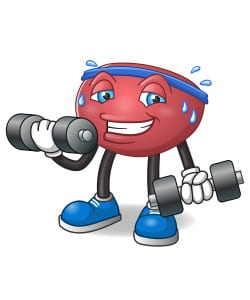How to Train Your Bladder
When we think about overactive bladder (OAB) treatments, many of us inevitably focus on the many medications that we can use to treat the symptoms of urinary urgency, frequency or urgency incontinence. Or perhaps we might even think of more advanced therapies such as botulinum toxin, sacral neuromodulation or percutaneous tibial neuromodulation. However, patients and health providers should be careful not to dismiss everyday changes that can be made without ever going to the pharmacy or visiting the doctor’s office. In fact, because behavioral changes can be so important, the current American Urological Association guidelines on OAB urge providers to offer these as first-line therapies. Even better, behavioral treatments are as effective as medications with few if any side effects. For those people who may eventually require medications or more advanced therapy, multiple studies confirm that these treatments are made more effective if combined with behavioral treatments.

How effective is bladder training? Trials comparing BT to the most common medications used to treat OAB show that it is as effective as medications with fewer side effects. Perhaps more encouraging, other therapies including medications, are more effective if you add bladder training. So, not only can behavioral therapies be used to treat OAB on their own, but they should be continued even if you move on to other therapies.
It should be remembered that bladder training can be difficult. It requires time and attention that some people are not able to devote. The number of patients remaining adherent to bladder training tends to be low in many of these studies. We certainly could use better tools to make this therapy more successful. Yet, for the determined patient who wants a successful therapy without the cost or side effects of medication, BT can be a wonderful therapy.
Colin M. Goudelocke, M.D.

